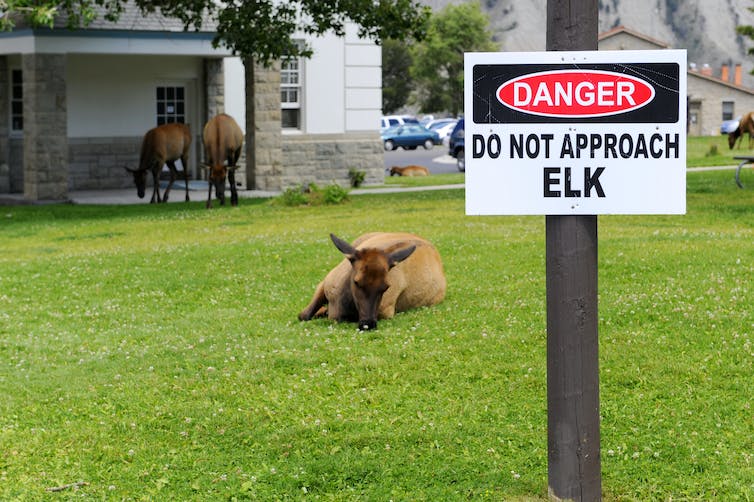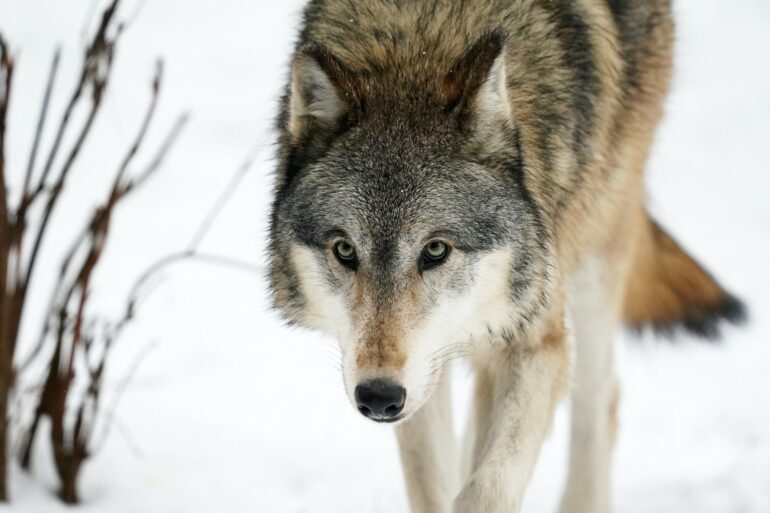Large carnivores like wolves are returning to areas they used to occupy, leading scientists to wonder whether they may once again fulfill important ecological roles. But wolves’ return to the landscape can affect other nearby animals in complex ways.
Our research, published in the journal Science, shows that an increase in predators can lead smaller carnivores, like coyotes and bobcats, to seek refuge near people – but humans then kill them at even higher rates than large predators do.
We are wildlife ecologists who study how predators shape ecosystems. Along with colleagues from the Washington Predator Prey Project and the Spokane Tribe of Indians, we are seeking to understand how recoveries of wolves and other predators are altering ecosystems in Washington state.
Predators structure ecosystems
Large carnivores play crucial roles in their ecosystems. As they prey on or push other animals to avoid the areas they frequently use, predators shape the way interconnected food webs work.
The iconic reintroduction of wolves to Yellowstone National Park in 1995 had cascading effects down the food chain. The elk population shrank, and those that remained avoided areas with wolves, termed a “landscape of fear.” These changes in elk abundance and behavior allowed aspen and willow trees to recover after decades of overconsumption by elk.
Wolves also kill smaller predators like coyotes, providing respite for the animals that coyotes eat. Research from Yellowstone suggests that landscapes with wolves may have more diverse vegetation and more small animals like songbirds than those without wolves.
But because humans are often intolerant of predators and kill them at high rates, large predators tend to avoid areas that are frequented by people. In national parks where humans rarely kill wildlife, some prey species use areas popular with people, such as hiking trails and campgrounds, as refuges from predators. This is known as the “human shield” effect.

Elk – like these at Mammoth Hot Springs in Yellowstone National Park – and other prey species may use human-dominated landscapes as a way to avoid larger predators like wolves.
Dennis Macdonald/Photographer’s Choice RF via Getty Images
Predators in human-dominated landscapes
Three decades after the Yellowstone release, wolves have continued to recolonize vast areas of the American West. In 2008, after an 80-year absence, wolves – some of which descended from the original Yellowstone population – began to naturally recolonize Washington. These wolves moved in from neighboring populations in Idaho and British Columbia.
But unlike Yellowstone, many of the landscapes wolves are now returning to are heavily modified by humans. This level of development raises the question: Do predators have the same influence on ecosystems where humans, rather than wolves, are the top dogs?
…



